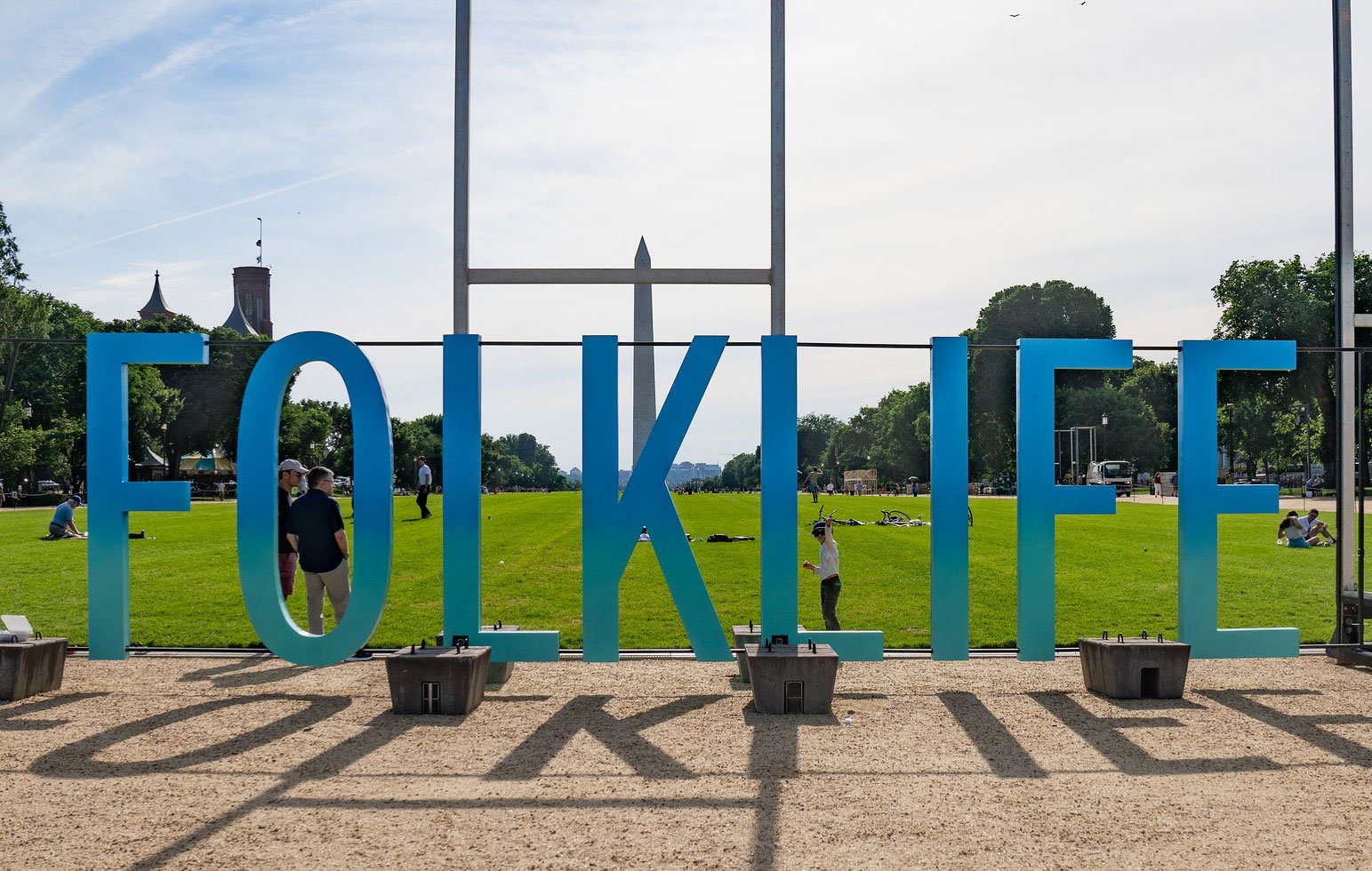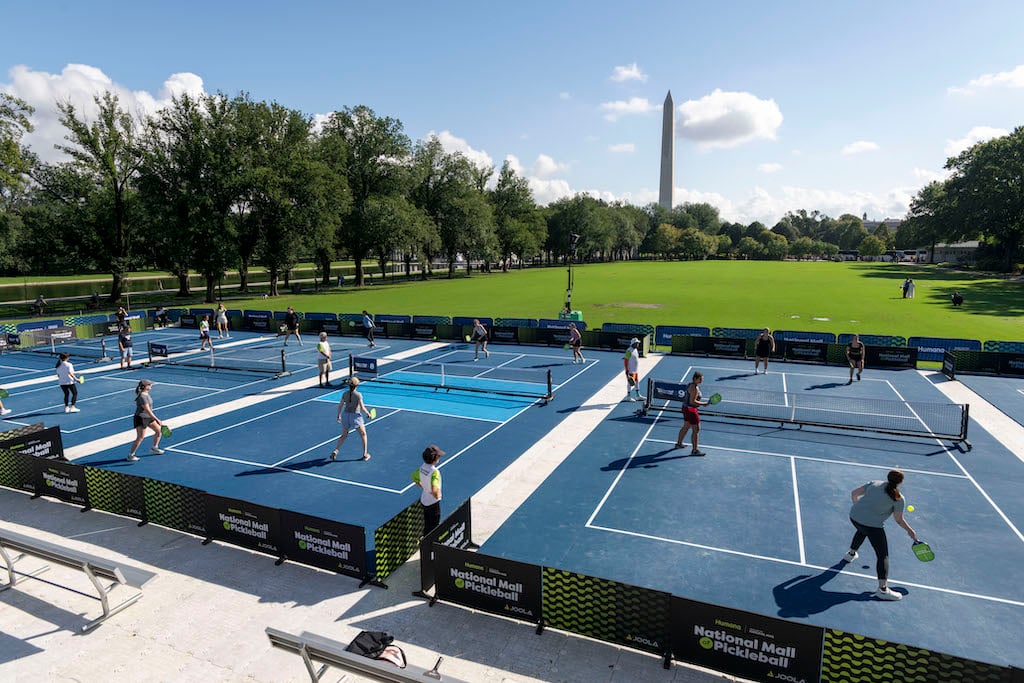The Smithsonian Folklife Festival takes years to research and plan, but its magic lies in the “beautiful happenstance” of serendipitous crossover moments, says festival director Sabrina Motley. One example: Last year, Motley says, a Bedouin weaver and a a Fijian weaver compared notes.
“That wasn’t choreographed, it just happened,” Motley says. “Those are the moments where the festival has this incredible spark.”
The National Mall has hosted the annual summertime exhibition of cultural heritage for more than 50 years. This year’s festival, which runs June 29 to July 6, includes two programs. “The Ozarks: Features and Facets of a Region,” a traditional kind of folklife festival theme, centers the folk music, dance, farming, and foraging traditions of the mountainous region, but it also explores cultural contributions by newer arrivals.

The other program, “Creative Encounters: Living Religions in the US,” focuses on creativity and artistic expression inspired by faith and spirituality. The festival defines those categories expansively, making room for a Southern quilter, Buddhist temple dancers, a Chicago house DJ, and Mennonite choral singers, among many others whose art is influenced by spiritual or religious devotion.
The Ozark Mountain Daredevils, who had the 1975 hit “Jackie Blue,” headline the Ozarks program on July 4 before the fireworks. But many of the region’s traditional musicians are less accustomed to the limelight. To make inroads with the artisans and musicians who keep Ozark culture alive, Smithsonian curators traveled to the rugged mountains between Arkansas and Missouri and met locals, from old-time and bluegrass pickers who play exclusively at home jam sessions to foraging chefs whose expertise in local mountain herbs and plants has been passed down through generations.
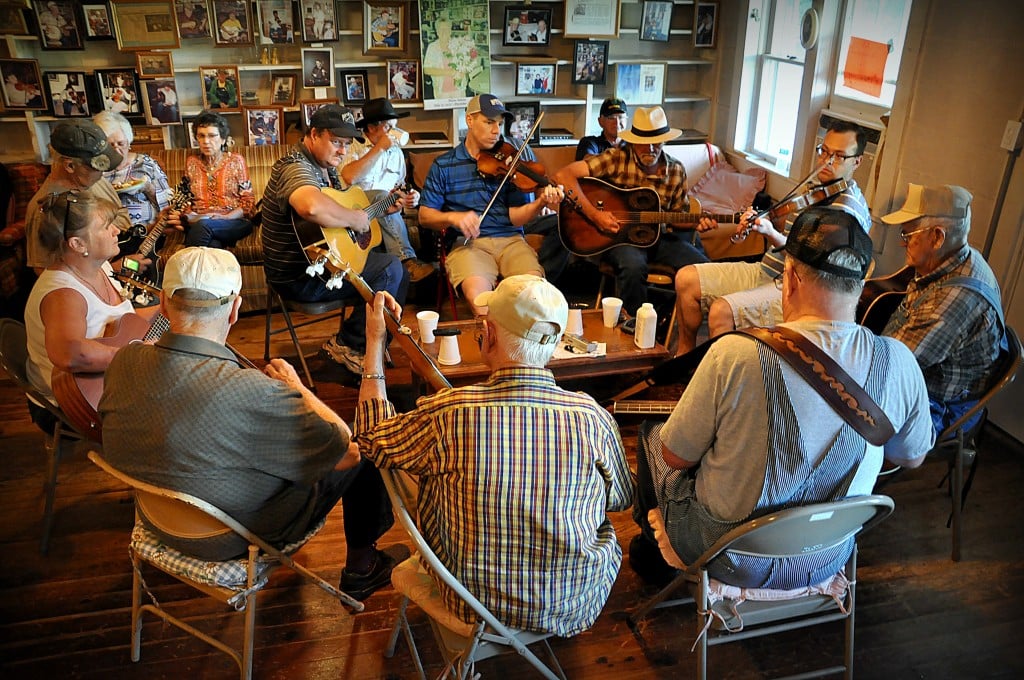
They had help from Missouri State University’s Ozarks Studies Institute, but curator Cristina Diaz-Carrera also had to strike out on her own to make connections with a newer community in the mountains: immigrants from the Marshall Islands.
Citizens of the South Pacific island nation face few restrictions on travel and work in the United States in part because of an agreement the nations signed to settle the cancerous after-effects of US nuclear tests there in the years after World War II. Islanders found work in the poultry plants near Springdale, Arkansas, and the community in the so-called “Springdale Atoll” now numbers around 15,000.
Diaz-Carrera attended celebrations held by the Marshallese community and found traditional musicians and a boat-building couple who had brought their Pacific Islander culture to the landlocked Deep South. “It’s a representation of cultural adaptation in a new place,” Diaz-Carrera says. “This master Polynesian boat builder is working in Arkansas.”
This kind of travel was nothing new to Diaz-Carrera, who has been a curator for the festival for nearly 20 years. To research programs that highlighted Mexico, Colombia, and Peru, she took multiple 10- to 20-day trips, often venturing to remote regions to meet with musicians and artists. In Colombia in 2011, she and a group with the Ministry of Culture had to strap their luggage to a boat and put on galoshes to reach the Holy Week celebrations in the Momposino Depression, a marshy floodplain with well-preserved colonial towns. Lately, more of her research takes place on Zoom, though her Ozarks trip involved several visits and an in-person orientation session for participants.
The festival has changed over the years, its programs at the mercy of funding availability and the whims of state and regional governments around the world. Once, all 50 states employed folklorists charged with documenting and preserving local traditions—a legacy of the New Deal era—and the Folklife festival could depend on them as collaborators. Every summer, the Smithsonian could reliably highlight one state, at least one country, and at least one other region. In 1974, for example, the extensive program included Mississippi, Native American tribes, the Nordic Countries, Tunisia, Greece, and the African Diaspora.
“Now it’s more corporate giving and tourism departments,” Diaz-Carrera says. Federal funds cover just a small portion of the festival’s infrastructure, and many state governments have cut their cultural jobs, so the Smithsonian relies increasingly on foreign government tourism agencies, ministries of culture, and embassies. Last year, the festival’s United Arab Emirates program was funded by the Emirati government.
This year’s Living Religion program was funded by a gift from the Lilly Endowment, which stipulated that the programming be focused on faith (the philanthropic foundation has frequently given to Christian groups and theological projects). The curators took that requirement and ran with it. As Motley points out, many of the festival’s most memorable participants over the years, from gospel singers to ofrenda altar makers, found creative inspiration from their religious devotion.
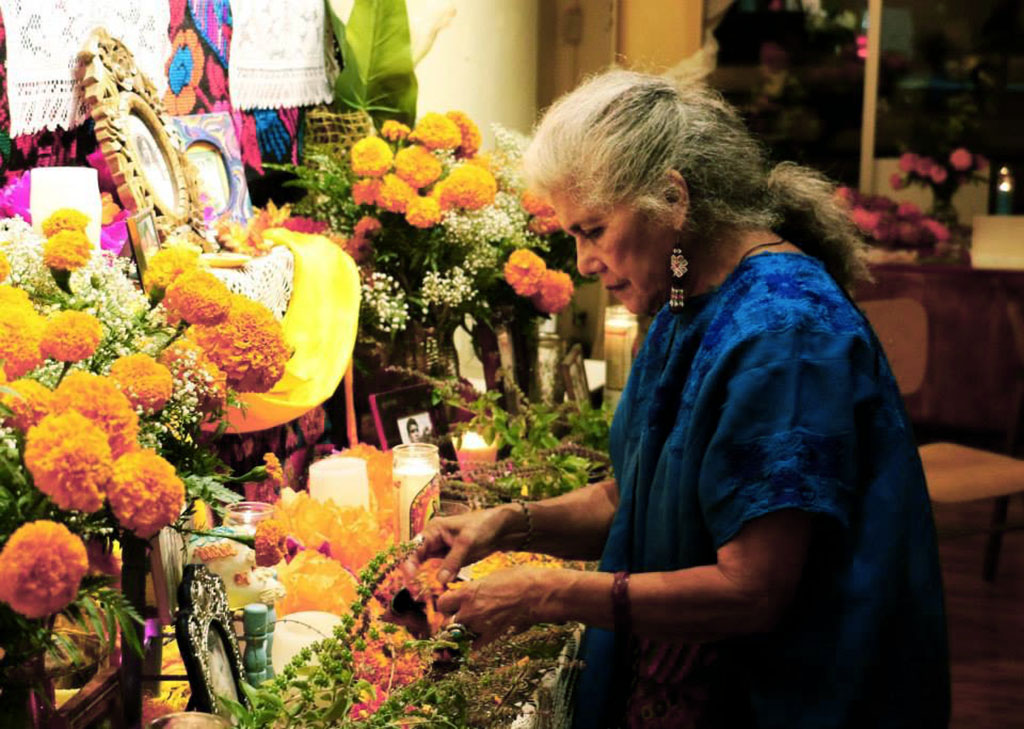
“We’re not proselytizing,” Motley says, “but we cannot ignore that since its inception, issues of faith and spirituality have driven a lot of the work that the participants do on the Mall.”
The program, which has been in the works since before the pandemic, includes a number of performers and artists who have taken part in past festivals. The Living Religion curators, Michelle Banks and Rebecca Fenton, posted an open call for participants and got a response from Sylvia Stephens, an Alabama quilter who incorporates Christian imagery—and whose mother also participated in the festival in the early ’80s.
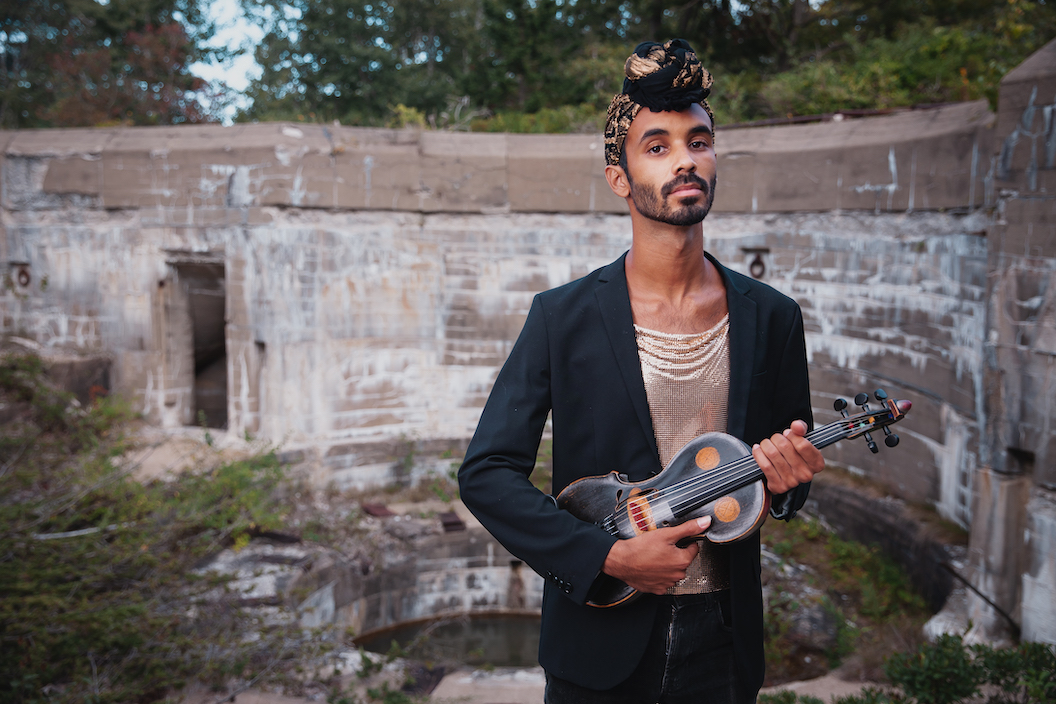
On July 9, a “Sunday Service” on the National Mall will be set to the pounding kick drums of Chicago house music. Hosted by music historian DJ Duane Powell, the two-hour set isn’t a traditional liturgy. But Banks says it will be a spiritual experience anyway.
“He’s not a religious leader in a strict sense,” she says. “But there is a deep spiritual core in the experience of dance. The bonds that people feel with fellow dancers. The elation they feel.”
Can’t make it to the DJ set? That same day, you could learn how to make Slovak Christmas pierogi or about the history of Islam in the African American community. You could witness prayer rituals from Kazakhstan, the Chicago Hindu community, or from Puerto Rico, or talk about pie with Ozark bakers. You could participate in a Yiddish sing-along or a Cherokee hog fry. You could see a Balinese kecak dance, or a comedy set from the veteran Branson, Missouri, entertainer Terry Wayne Sanders. You could learn how to build a mountain bike trail or butcher a whole hog like they do in the Ozarks. It’ll all be on the Mall.

